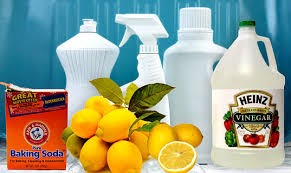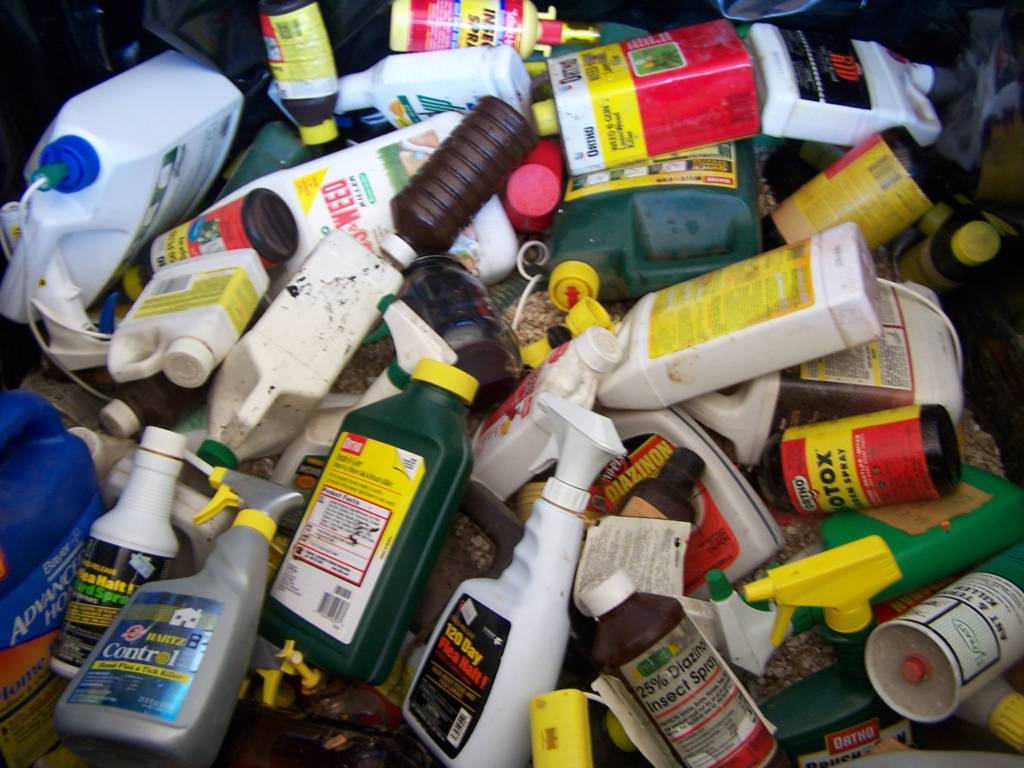Hazardous waste is defined as a substance, which can be a solid, liquid or gas that is in some way potentially dangerous to living beings and/or the environment, particularly when handled, transported or disposed of. So what does that mean to you? A household hazardous waste includes unwanted household products that contain chemicals or substances that can be harmful to you, your family, your pets or the environment. They are everyday day products, readily available to you over the counter at almost all shops and able to be bought by all age groups. So what are they? How should they be stored and most importantly, how should they be disposed of?
Hazardous Goods in the Home
I would hazard a guess (pun intended) that most people would be quite shocked to realised just how many hazardous wastes and classes of hazardous wastes they could find around their home, without having to look very hard, alas identification of these wastes are right on the label.

A hazardous waste can be an acid, aerosol, alkali, batteries, fluorescent tubes, cyanides, coolants and glycols, flammable liquids (fuels) and solids, gas cylinders, general household cleaners, heavy metal compounds, inorganic oxidising agents, low level radioactive substances (smoke detectors), mercury, organic peroxides, paints (flammable and water based), PBC materials, pesticides and solvents (thinners).
As you read through the above list I bet you were ticking off in your mind what in your home, work, life these products were and how often you come into contact with them. However there is more here than meets the eye, most of these hazardous wastes are deemed harmless due to quantities and dilutions, so there is no need to rush home and organise your cupboards so your bicarb and vinegar don’t sit next to each other. However, you may want to make sure that these products are out of reach of children as most can cause poisoning or server burns if swallowed, inhaled or make contact with skin. They can cause toxic fumes if mixed or used incorrectly and they can cause harm to the environment if not disposed of properly.
All hazardous wastes have Safety Data Sheets (SDS) available, within the SDS are the ingredients, hazard identification, first aid measures, firefighting measures, accidental release measures, handling and storage and safe usage, exposure controls, stability, toxicology, ecological information, transport information, regulatory information and disposal information. Boy that is a lot of information. However, instead of having to sift through an SDS for household chemicals, you could just read the label, which also has the short version.
Storage and Transportation of Household Hazardous Wastes
The best way to store hazardous wastes are as recommended by the label. The storage method is important as many accident from hazardous wastes have been due to fume build up or incorrect storage with other chemicals. Here are a few tips on safe storage: keep all wastes away from heat and flames, store in a cool dry area, keep products in their original containers to avoid confusion and always store containers upright with lids on tight.
Most house hold hazardous wastes can be transported within your vehicle safely between purchase and storage without issue, a good guide is to place products securely in a box or crate so they cannot tip over and leak. It is also best to transport them in the boot or rear of your vehicle, separate from the main cabin. So when you are filling up your jerry can with fuel you should really ask yourself if putting it in your back seat without proper ventilation is a good idea! If in doubt, refer back to the label or SDS for guidance.
Disposal of Household Hazardous Wastes.
The disposal of Household hazardous wastes is easier than you think, the Western Australian Local Government Association (WALGA) has a register of service providers that can assist with disposal as can your local council. Information on your closest disposal site can be found on their website, or just google or call your local council.

Although the best alternative for safe storage, transport and disposal is to eliminate as many un-needed products as you can from your life and home, by going green. There are many alternatives to using harsh chemicals in everyday life, take time in the garden instead of using pesticides, use hot water to eliminate weeds from between your pavers, lemons and vinegar are brilliant cleaners! In the age of IT we have all the green hacks we could want or need! Give some of them a try and rest easier knowing you are doing your bit to protect the environment for our future generations.
If you need additional support with hazardous waste in your workplace or at home, do hesitate to call Integrate Sustainability on 08 9466 0338 or email us at enquiries@integratesustainability.com.au.
